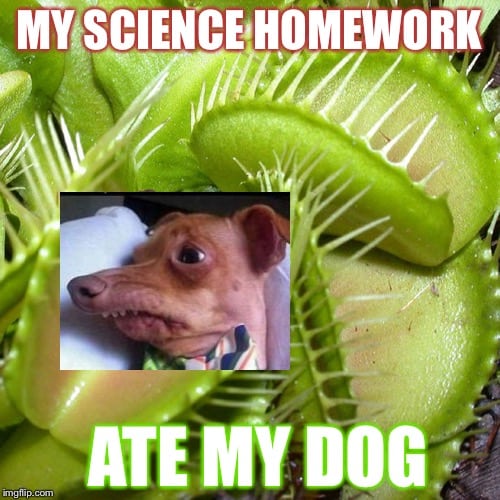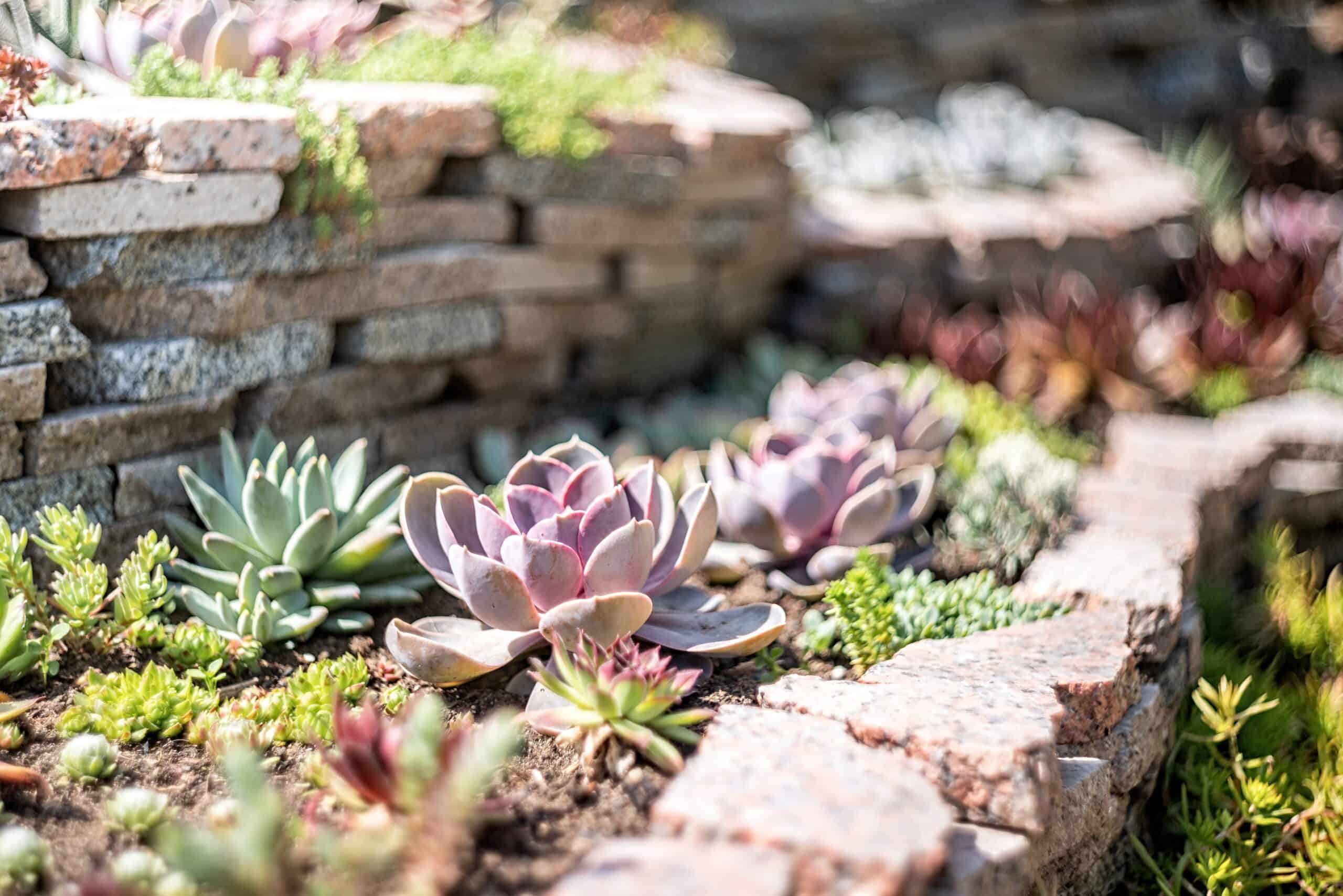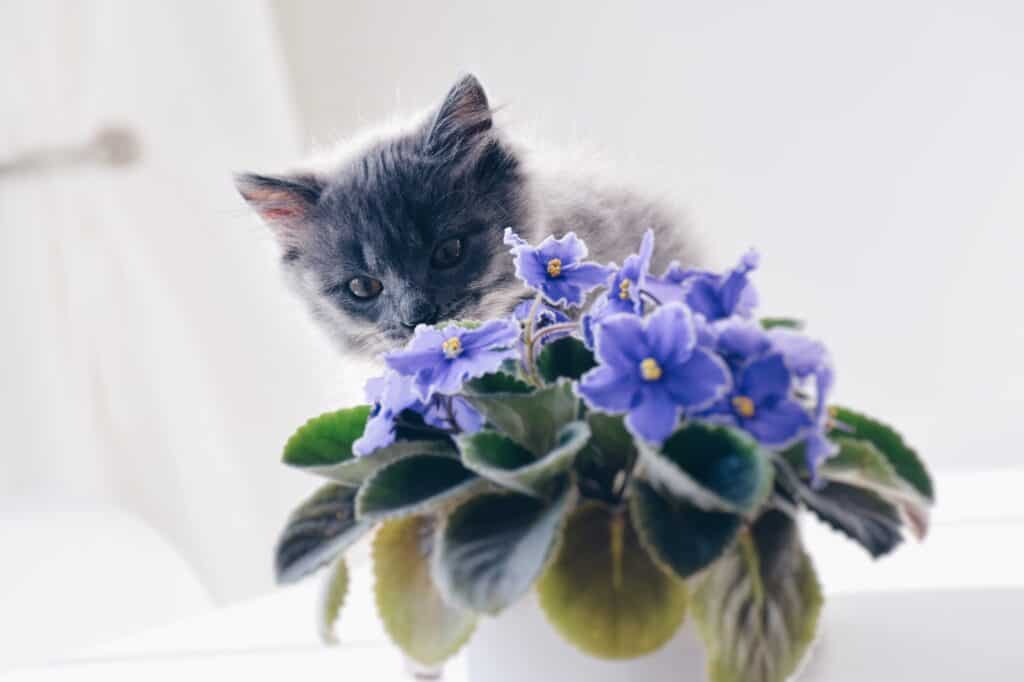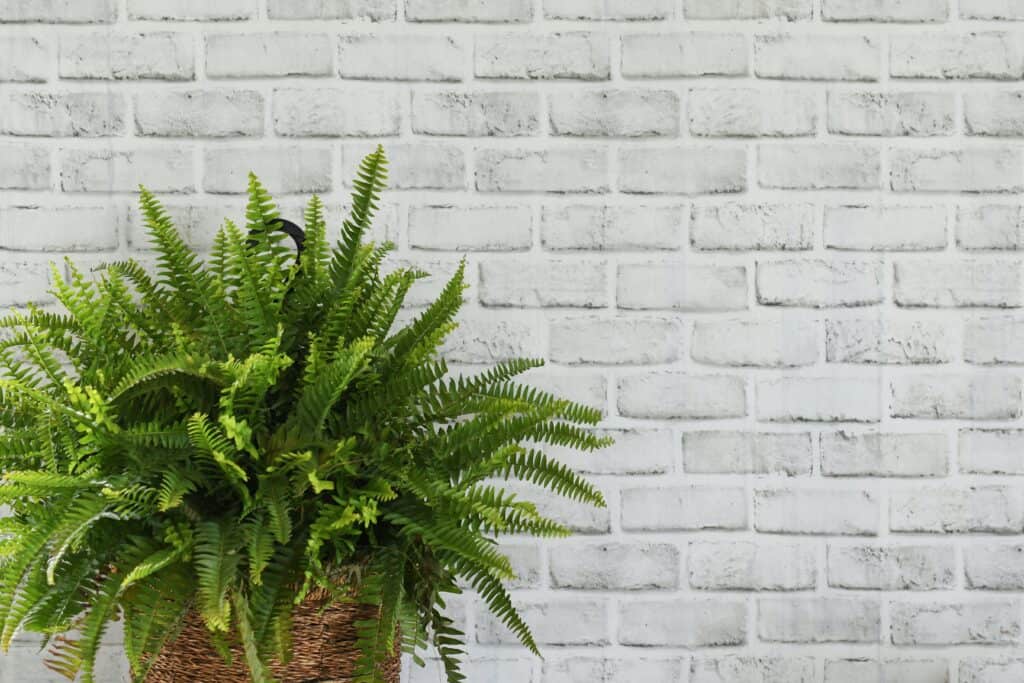The Best Pet Friendly Plants
If you and your furry friend are looking to add pops of color to your home, here are our favorite pet friendly plants!
African Violet
Featuring lush purple petals and a striking yellow center, the African violet is small but makes a statement. Care needs include indirect sunlight, average indoor temperatures and humidity, and avoiding air vents and drafty areas.
 Baby’s Tears
Baby’s Tears
Tiny teardrop shaped leaves float gently in layers of long stems for a baby’s tears plant. It’s sometimes used as a cover plant for indoor trees, perfect to discourage curious pets from digging. Baby’s tears needs moist but not waterlogged soil, filtered sunlight, and average indoor temperatures above 70 degrees.
Banana
If you have a sunny and warm spot in your home, the banana plant is the perfect addition. Although its leaves can tear easily, the banana plant grows up to six feet indoors and can produce bananas under the right conditions. Its care needs include full sun, well-draining soil, lots of water and humidity.
Spider Plant
The spider plant is one of the more easygoing pet friendly plants there is. Its flowing leaves help purify the air while the plant may produce plantlets that look like small spiders as it matures. It needs indirect but bright light, average indoor temperatures, and water only when the soil begins to dry out.
Venus Fly Trap
If you can somewhat replicate the damp and humid conditions of a South Carolina bog, you’ll be able to enjoy a Venus fly trap for years. This carnivorous plant needs well-draining acidic soil, bright light, and higher indoor temperatures and humidity levels. Oh — it doesn’t mind if you give it a fly or small insect every few weeks either.

Areca Palm
With hundreds of leaflets gently cascading upward on the fronds, the areca palm is a popular pet friendly houseplant. It can handle average indoor temperatures and humidity levels, but does need the soil to dry out between watering. Place the areca palm near a south or westward facing window to let it really shine.
Boston Fern
The Boston fern doesn’t have many wants in life, but high humidity and low light are two strong preferences. This bathroom staple is known for layers of bushy fronds with stubby leaflets. It’s perfect for placing on a stand or in a hanging basket to be admired from below.
 Calathea
Calathea
Known for its comely leaves, the calathea is also known as the rattlesnake or zebra plant because of the stripes or stipples. Give it a shady spot — too much light causes the leaves’ colors to fade — loose, well-draining soil; and high humidity. If the leaves appear a bit dry or crispy, give the plant a good misting from a spray bottle.
Peperomia
A compact but standout plant, the Peperomia family features leaves with various striking patterns. One variety has leaves that look like tiny watermelon rinds, down to the symmetrical white lines. Peperomias need well-draining soil that stays moist but not soggy, and regular indoor temperatures and humidity levels.
Orchid
If you’re looking for a striking but easy to care for plant, then the orchid is the answer. With a slender, gently arching stem and cluster of saturated petals, it usually blooms during the colder months. Make sure your orchid has bright, indirect light, orchid-specific soil, and average temperatures and humidity. Be careful not to overwater as orchids can easily develop fungal diseases, such as root rot.
Mosaic Plant
Like several others on this list, the mosaic plant is known for its colorful leaves. It usually stays on the small side, but can spread out with the right conditions and care. Mosaic plants need moist soil that drains well, average indoor temperatures, higher humidity, and partial sunlight.
Bromeliad
Along with its stunning looks, the bromeliad can grow with or without soil — as an air plant, its roots slowly attach themselves to organic material, such as a tree branch. Give this tropical plant plenty of bright but indirect light, regular water, and average to moderate temperatures and humidity levels.
Ponytail Palm
The flowing fronds make it look a bit unkempt, but the ponytail palm is quite put-together. It loves a shallow container with loamy soil, full sunlight, and average indoor humidity and temperatures. Don’t worry if you forget to water it — the bulbous stem acts as water storage.
Royal Velvet Plant
No, the royal velvet plant isn’t its own light source, though the fine hairs covering the leaves shimmer in the right light angle. It adapts to the container size and may reach maturity in a few weeks. Make sure the royal velvet plant has moist soil with bright light and average indoor temperatures and humidity.
Echeveria
Pet parents know not all succulents are pet-friendly, but the echeveria is. A quick grower, it’s naturally found in the desert and needs indoor conditions to match. Give your echeveria acidic but well-draining soil, full sun, and sparse water and it’ll give you plump, colorful leaves.

Pick any of these pet-friendly plants to enjoy alongside your furry friends for years to come. Call Service Champions today to keep home comfortable for your pets and plants!


 Baby’s Tears
Baby’s Tears Calathea
Calathea